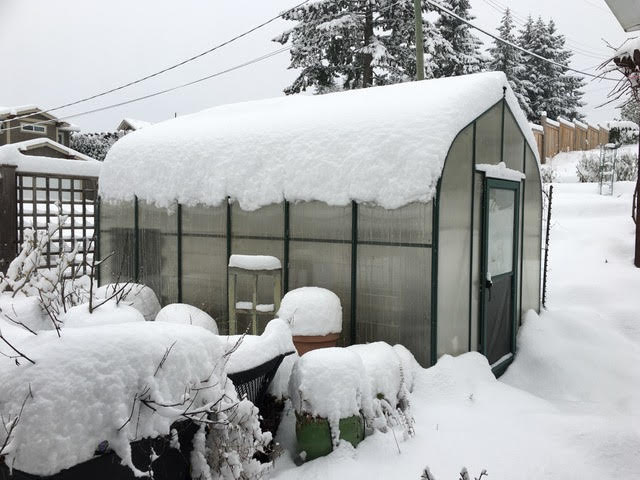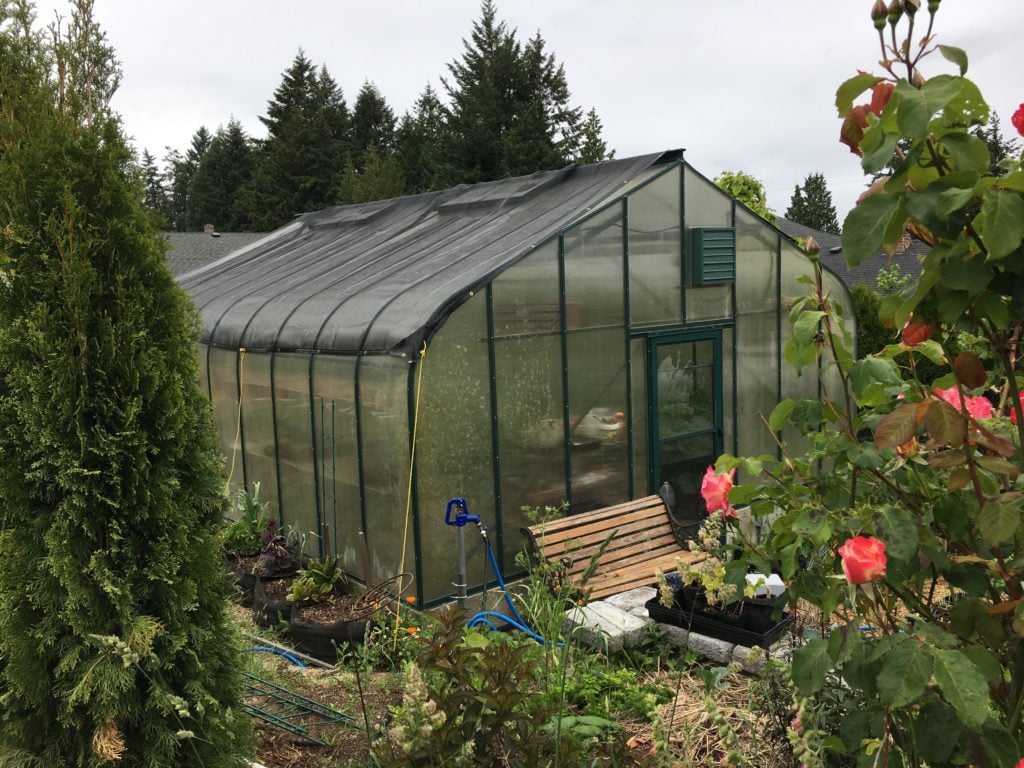Winter Greenhouse Gardening: Best Tactics to Keep Your Plants Alive
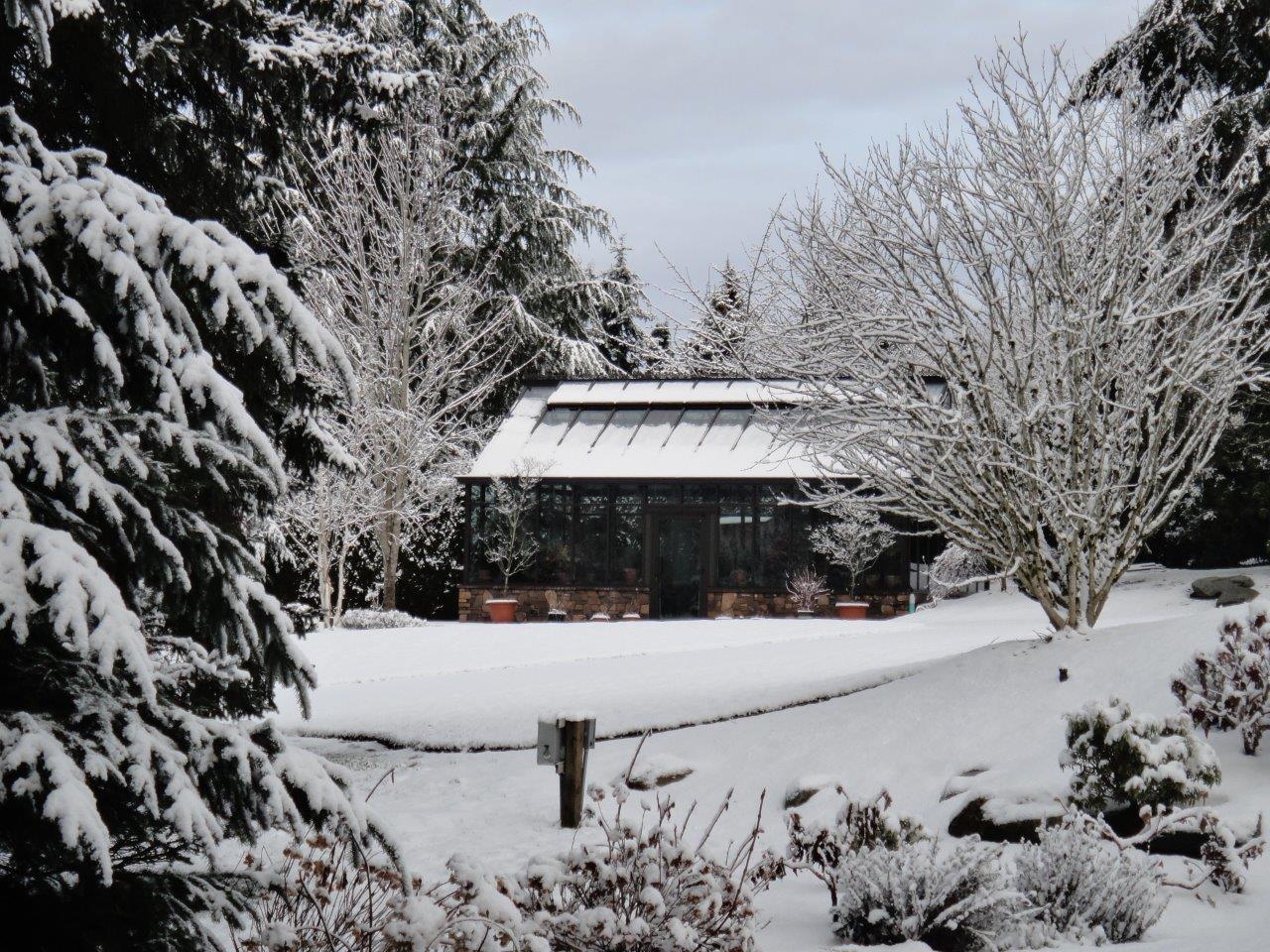
Row Cover, Fleece and Heaters
All these items will help your winter greenhouse.
It dipped well below freezing last night and the grass was crunchy crispy as we took our dog out for her walk this morning. It is not just cold. It is putting a coat on your dog and heating your winter greenhouse kind of cold. And if you don’t want to heat your whole greenhouse, you have options this fall. Simply separate plants into different areas according to the amount of frost they can tolerate.
Plant Types and Best Strategies to Prevent Frost
Tropical
Most house plants, including banana trees, tropical orchids, coffee trees and African violets, are considered tropical plants. They barely survive a whiff of chill before leaves blacken, edge crisp and plants die. Even at temperatures well above freezing, if you can't supply summer heat n your greenhouse, I suggest moving your tropical plants out of your greenhouse and into your 20C, 68F, house before the first frost in your area.
Semi-Tropical

In my greenhouse, I have a navel orange, a mandarin orange and a grapefruit. These are all classed as sweet citrus and need a bit more heat than sour citrus. Last year I built a little wood frame, covered it with a floating row cover and, like the coat on my dog, this approach sheltered the semi-tropical plants inside my greenhouse within my greenhouse.
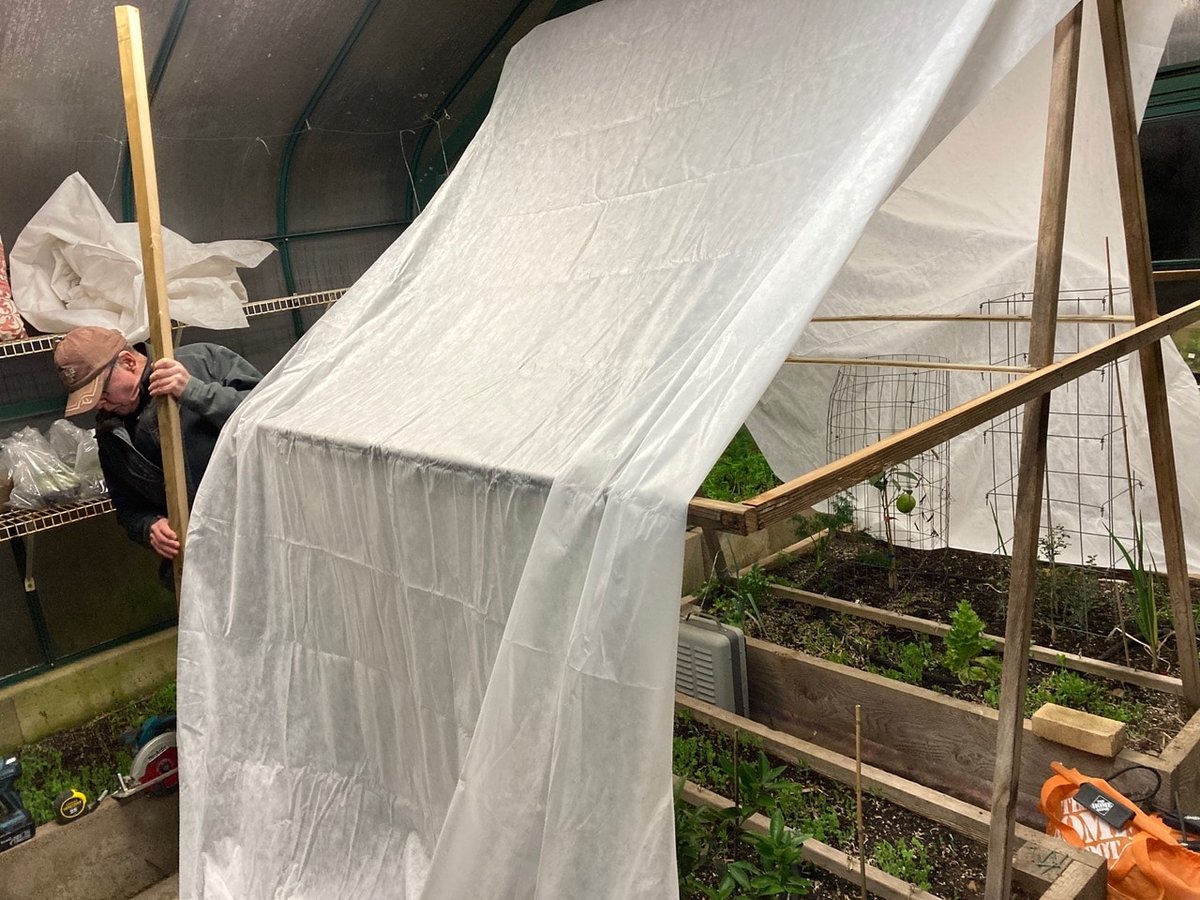
I plugged in a small heater set to turn on when frost is detected and placed it under the fabric cover. My sweet citrus successfully came through the winter and have almost doubled in size this summer. I am expecting my first two grapefruits in February!
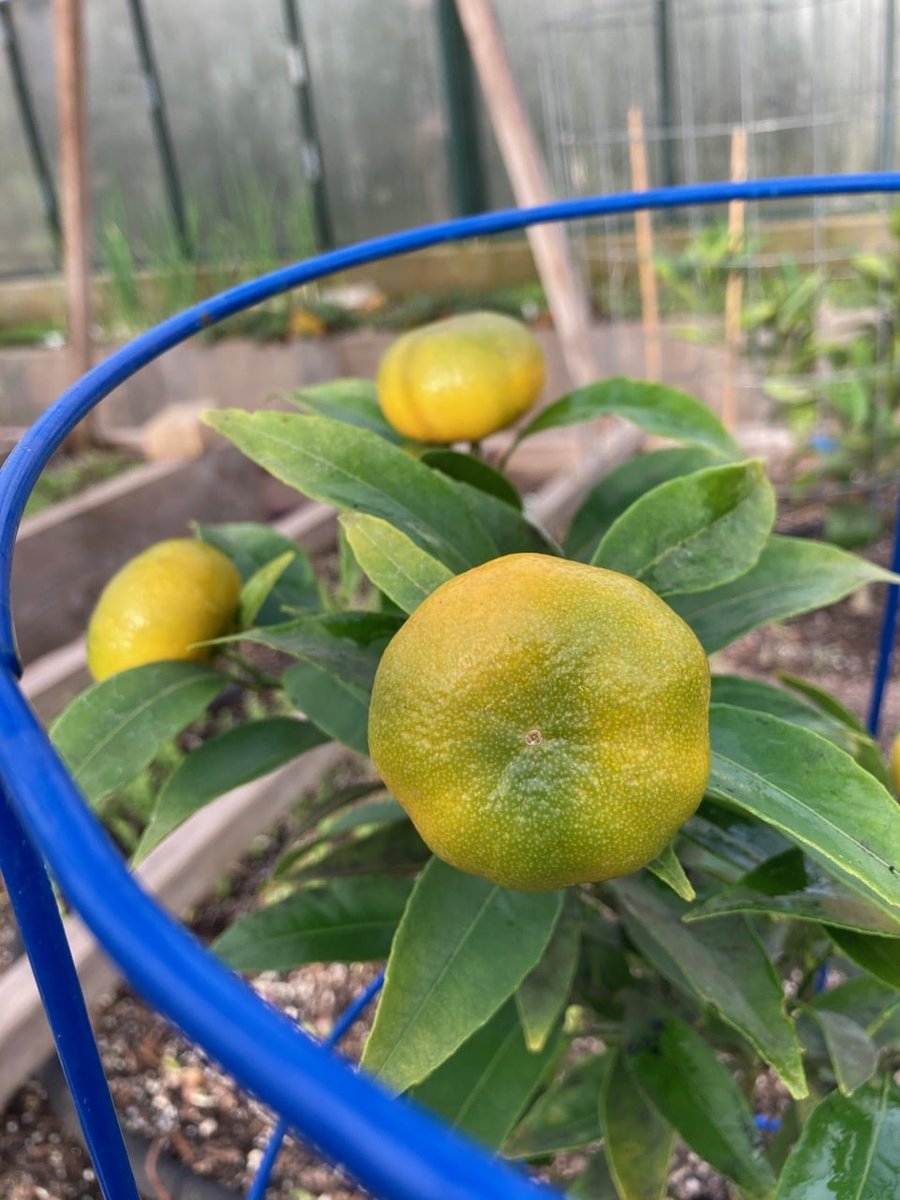
Like grapefruit, Mandarin oranges need extra protection and will be covered over winter
Temperate
Some plants easily handle cooler weather. A friend gave me a flower this spring that survived last night’s heavy frost and is still standing and happy outdoors even with white-frost dusting the leaves this morning. This Pelargonium, also called Ivy Geranium, has the prettiest burgundy bloom so I promised to take cuttings so it will live another year.
I will cut 15-20 cm-long (6-8 inches) stems soon, dipping the ends into rooting hormone, and plunging the cut, dipped pieces into moist peat-lite soil. I will water the soil and tie a plastic bag around the pot to keep the humidity high. Then, I will place the pot on a heat mat in the greenhouse because the bottom heat pushes the baby roots to grow. If temperatures drop below zero inside my greenhouse, I will add a layer of Agribon-50 over the pots of cuttings on top of the heat mat.
Other temperate plants, like Echeveria, will stay alive all winter even outside in temperatures above -10 C (14 F). But they prefer a space in the greenhouse where rain and snow will not settle on them and freeze between the leaves. If you are in a -30 C (-22F) kind of climate, skip covering temperate plants and bring them into a partially heated, attached garage with a window.
Hardy Plants
Most hardy plants such as arugula, kale, cauliflower or spinach can withstand frost as long as the soil is somewhat moist. Completely dry soil stresses plants. Give them a good soak before you cover your hardy winter vegetables with floating row cover for winter. Because light levels will be lower in winter than summer, hardy plants won’t grow a lot. At least not until day lengths are over 10 hours. So, anything you eat will not regrow this winter. In my 49-degree latitude, growth resumes at about mid-February.
Different Ways to Heat Your Greenhouse
For more ways to heat your home greenhouse check out the Online Accessories shop and consider buying a heater to keep part or all of your greenhouse warm this winter. If you want to simplify the system and keep just a portion of the space warm, use a thermostat to turn the heater on in your inside greenhouse or covered area when the temperatures dip to the danger zone.
Keeping the air moving will also prevent cold frosty air pockets. Installing a fan and keeping it running 24/7 is usually the best way to move the air around.
For airflow and heating-related products we recommend visit our website.
P.S. Don’t forget to keep track of everything you do this fall and winter so you can learn from your own mistakes and greenhouse activities. The Three-Year Gardener’s Gratitude Journal is also available in the shop so check it out.

